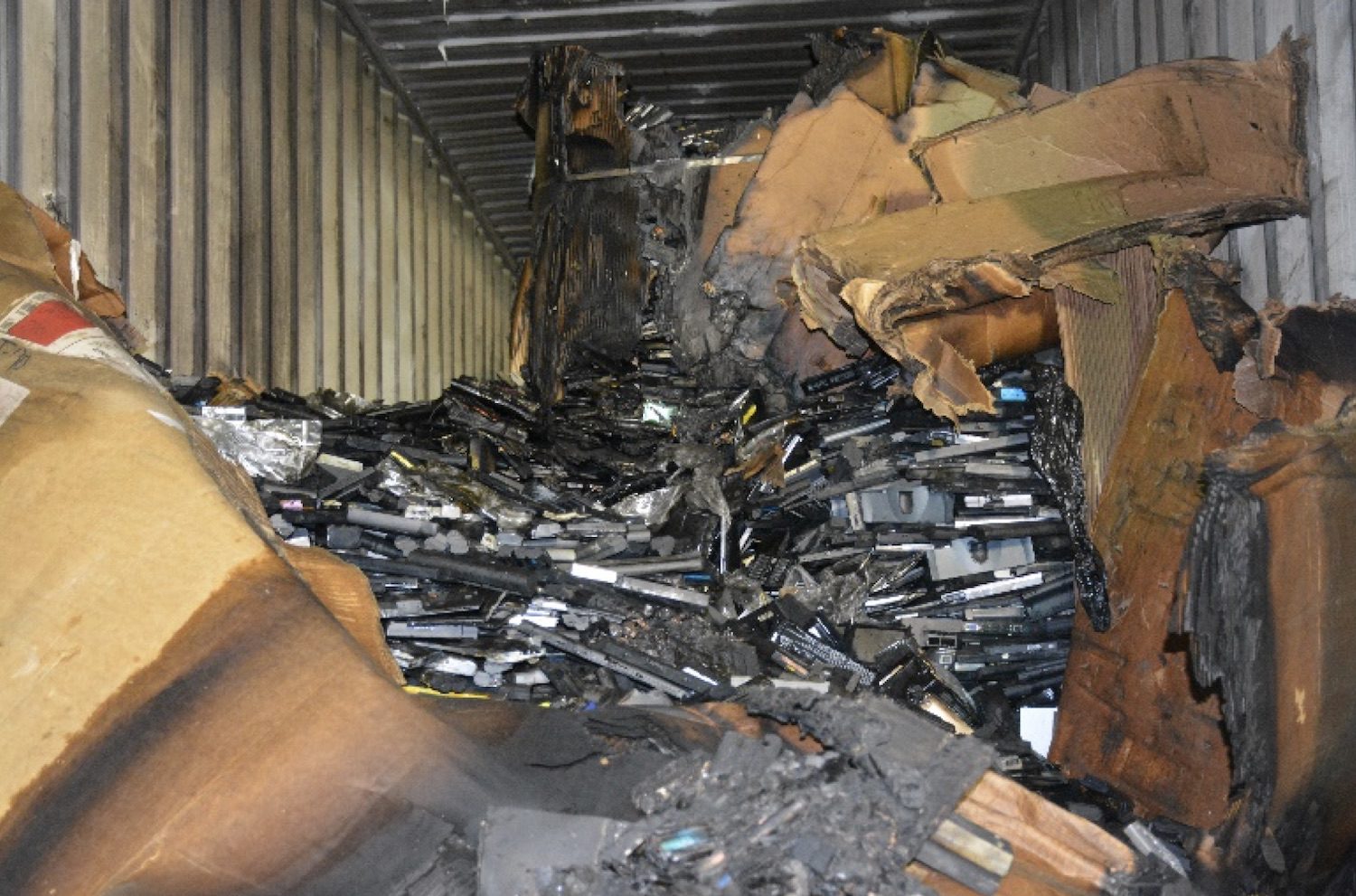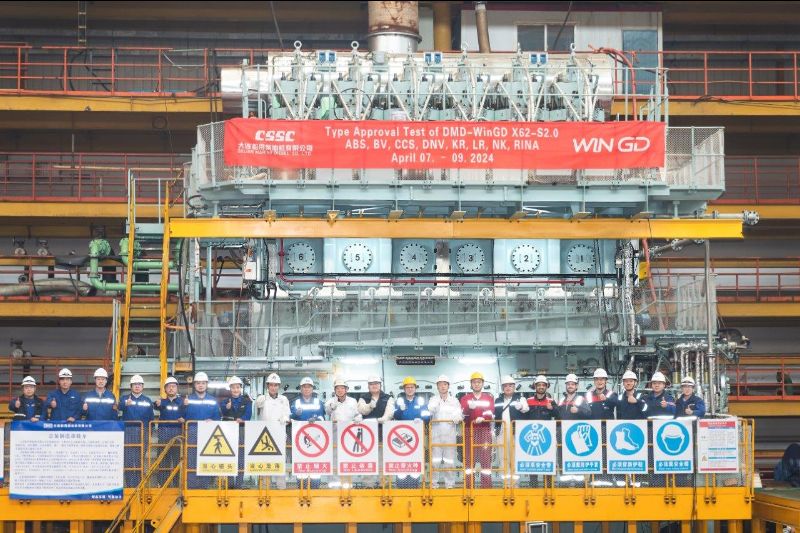
Starting February 1, 2009 the COSPAS-SARSAT system will cease coverage 121.5 MHz and 243 MHz emergency beacons and will begin tracking distress signals exclusively from the 406 MHz frequency. All emergency beacon owners and users (including all EPIRBS, PLBs and ELTs) are advised to begin taking steps to replace their 121.5/243 MHz beacons with 406 MHz beacons soon as possible.
The switch was first announced by the International Cospas-Sarsat Program at its 25th Council Session held in October of 2000. This switch is due to problems in this frequency band which inundate search and rescue authorities with poor accuracy and numerous false alerts, adversely impacting the effectiveness of lifesaving services.
Cospas-Sarsat.org tells us of the advantages of 406:
The digital (stay tuned for correction!) 406 MHz beacons offer many advantages over analog 121.5/243 MHz beacons. With a 406 MHz beacon, the position of the distress can be relayed to rescue services more quickly, more reliably and with greater accuracy.
With a 121.5/243 MHz beacon, only one alert out of every 50 alerts is a genuine distress situation. This has a significant effect on the resources of search and rescue (SAR) services. With 406 MHz beacons, false alerts have been considerably reduced (about one alert in 17 is genuine) and when properly registered can normally be resolved with a telephone call to the beacon owner using the encoded beacon identification. Consequently, real alerts can receive the attention they deserve.
When a 406 MHz beacon signal is received, SAR authorities can retrieve information from a registration database. This includes beacon owner contact information, emergency contact information, and vessel/aircraft identifying characteristics.
History of the Search and Rescue Satellite-Aided Tracking system offered by NOAA:
Since 1982 the Search and Rescue Satellite-Aided Tracking system called, COSPAS-SARSAT has been credited with supporting more than 25,000 rescues worldwide.
In 26 years, COSPAS-SARSAT has seen growth. The four original member nations (Canada, France, Russia, and the United States) have been joined by 36 other nations that operate 66 ground stations and 29 mission control centers worldwide or serve as search and rescue points of contact. The system continues to be a model of international cooperation. During the 1980s, the Soviet Union and the United States were able to put aside their Cold War differences and tackle tough technical issues. Today, as new technology evolves, the member nations incorporate that technology into the system.
COSPAS-SARSAT System Overview Illustration

LINKS
Sarsat.noaa.gov
Sarsat.noaa.gov on the phaseout
Cospas-Sarsat.org

 Join The Club
Join The Club











